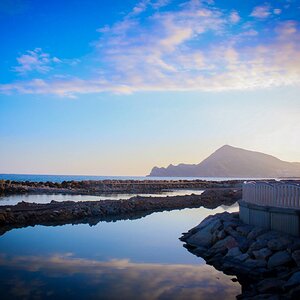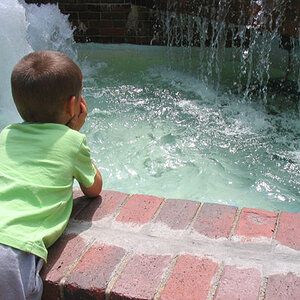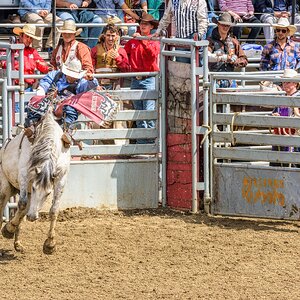Many Hats
TPF Noob!
- Joined
- Mar 2, 2008
- Messages
- 69
- Reaction score
- 0
- Location
- New Mexico
- Can others edit my Photos
- Photos OK to edit
OK, I don't get it. Can someone please explain sensors to me? The new Canon Rebel is 12mp...the Canon 5D is 12mp and 4 times as expensive. I'm guessing the 5D is superior cause it has a "CMOS" sensor, but I'll admit I really don't get what that means. Can someone please explain?
Thanks, Laura
Thanks, Laura













